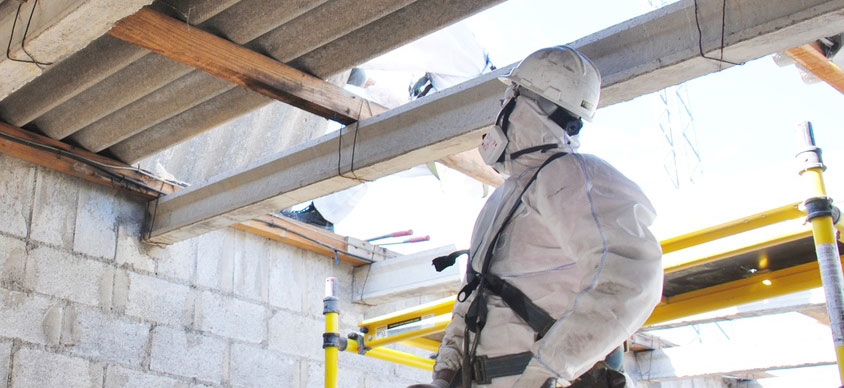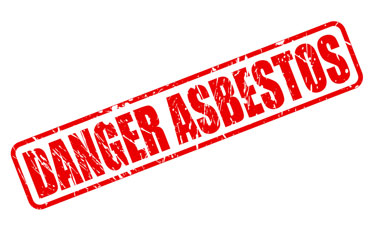hidden
We have over 20 years' of experience.

We have over 20 years' of experience.

Then please contact us, we would love to hear from and give any advice that you may need. The information you supply us will be kept in the strictest confidence and will not be passed on to any third parties
Read More
Although asbestos is no longer used in any construction materials in the UK, it is still an issue and a health danger for those who work in the sector as well as those who live or work in older structures. Knowing how to identify asbestos and the indications of asbestos in various contexts can be very beneficial if your line of work is likely to expose you to materials containing asbestos.
The fact that individual asbestos fibres are undetectable to the unaided eye makes them considerably more harmful. Because you'll need to take fast action to guarantee your safety, asbestos detection is crucial if you're going to end up working around it.
Asbestos is known to be present in hundreds of different items, thus there are many various ways the substance may appear.
Asbestos looks to be a loose, almost fluffy material that is either grey, grey-brown, or grey-blue in its raw or loose state. Asbestos clumps may break into fibres or strings, which are composed of small asbestos fibres that can be readily broken free and released into the atmosphere for inhalation.
The three primary forms of asbestos can be distinguished by the variations in their colours.
The most hazardous type of asbestos is crocidolite, which has long, thin strands and is a light blueish white colour. Since it is brown and more common in the US, amosite asbestos is also renowned for carrying the highest cancer risk.
When employed in products, the curled fibres of chrysotile asbestos are arranged in a layered pattern and give the substance its distinctive white tint. This is one of the varieties of asbestos that is most frequently utilised, and it can be found in a variety of building materials.
The distinction between friable and non-friable asbestos must be understood while studying what asbestos looks like. Friable asbestos looks to be much less solid and will fall apart and disintegrate when it is knocked or has pressure applied, whereas non-friable asbestos is far more solid and doesn't crumble when agitated.
Because friable asbestos materials release more harmful fibres into the air more readily than non-friable ones, they are thought to be much more deadly. However, non-friable building materials can be just as dangerous when they're significantly damaged, so it's wise to take safety measures whenever you handle any asbestos-containing products.
Many types of industrial or residential structures that were built or renovated prior to 2000 used asbestos as a building material. Since the use of asbestos was outlawed in the UK in 2000, one of the first things to look for when determining whether a space has asbestos is whether it was constructed or renovated at that time.
Numerous building materials used inside and outside of residential and commercial properties can contain asbestos. The following is a list of some of the most typical locations where the content may be found:
Get in touch with us today. Call now on 0330 097 3369
If you believe or suspect that there maybe some asbestos in the building, then you need to ask the following questions:
